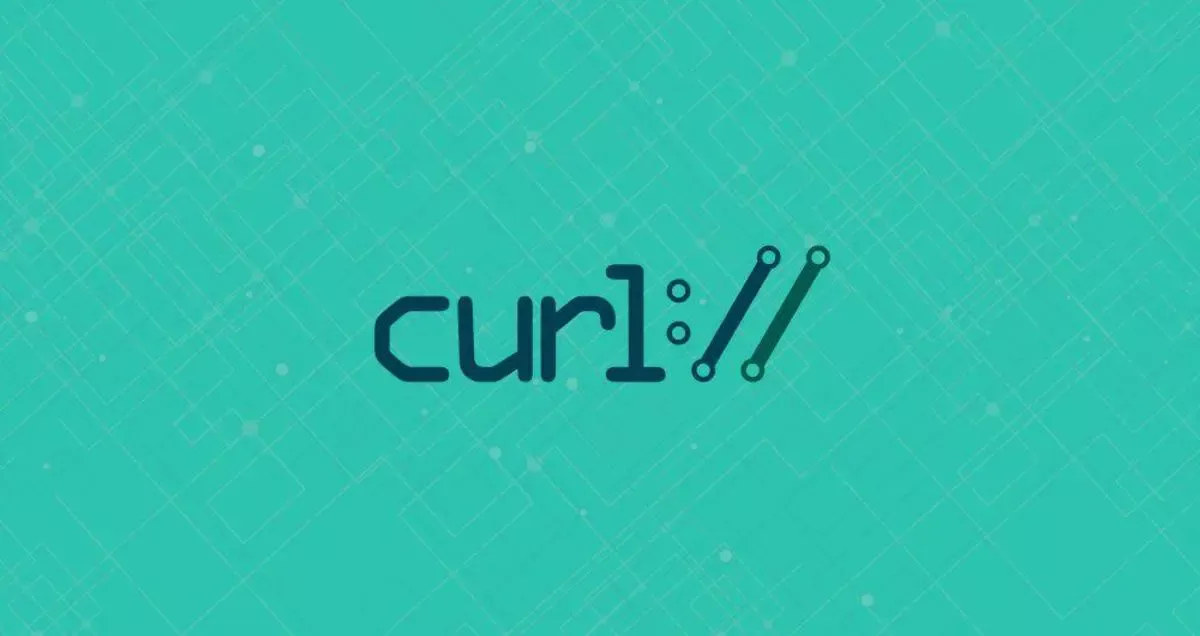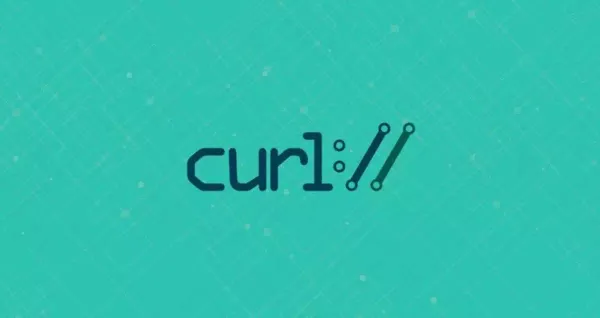Curl resume/pause download
Curl is a command-line tool for transferring data between a local computer and a remote server

Curl is a command-line tool for transferring data between a local computer and a remote server.
When using curl you can download or upload data using protocols such as HTTP, HTTPS, SCP , SFTP and FTP .
The Curl command is pre-installed on most Linux distributions. To check if your Linux distribution has Curl installed, press the shortcut key CTRL+ALT+Tto open Terminal, type curl and press Enter.
If curl is installed, the system will print curl: try 'curl --help' or 'curl --manual' for more information.
Install Curl
Otherwise, the terminal prints the message curl command not found. If you don't have Curl installed, you can install it using your distribution's package manager.
If your computer is running a Debian-based Linux distribution such as Ubuntu, Linux Mint, etc. Please run sudo apt install curl to install Curl.
If your computer is running a Redhat-based Linux distribution, such as CentOS, Fedora, etc. Please run sudo yum install curl to install Curl.
sudo yum install curl
sudo apt install curlResume download
If you lose your network connection while downloading a large file, you don't need to restart the download. The last download can be resumed using the -C - option of the Curl command.
You can also directly specify the -C - option when downloading a file for the first time. When the download of a large file is disconnected, the download can be resumed by directly using the previous command.
But one thing worth noting is that the resume download of the Curl command requires the server to support the resume, otherwise the Curl command will re-download the file.
curl -C - -O https://releases.ubuntu.com/22.04/ubuntu-22.04-desktop-amd64.iso







